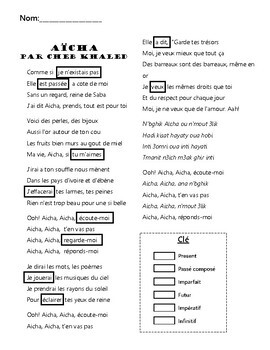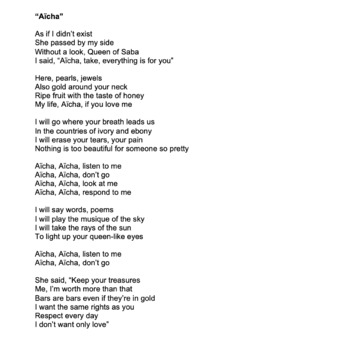
Today, the most familiar Arab pop style in the West is Raï (the word literally means “opinion”, but the genre applies a more figurative meaning), which by the late 1980s had grabbed young Maghrebi (northwest Africa) club-goers in much the same way rock-and-roll hooked teenagers in the 1950s.

To explore Arab sounds in the world music scene, sampling can be simplified by keeping in mind four informal - but often blurred - categories: “Pop” is where often youth-oriented styles from throughout the Arab world blend traditional sounds with elements of tastes first established in the West what might be called “crossover” is a fusion most commonly involving Arab musicians and western recording producers “folk” is often a more localized sound, well-rooted in tradition, usually less heavily produced and made for listening rather than dancing, and finally one might call “arabesque” the inventions of western musicians who appropriate and reinterpret Arab styles and musicianship. “Americans are at last realizing they can dance to this stuff.” “I’m constantly getting calls from night clubs all over the country asking for the latest Amr Diab album,” he says, referring to the hot Egyptian singer. Stanley Rashid, owner of Rashid Sales Co., a Brooklyn Arab-music distributorship founded by his father in 1934, says he sees steadily increasing demand from non-Arab listeners for pop music from the Arab world. In that sense, Arab music is the latest link in a chain of musical trends that since the 1950s have crossed borders and oceans to increasingly enthusiastic receptions among western listeners. Richard Gehr of New York’s Village Voice is one of the critics who think that within the world music genre Arab music is notably up-and-coming.

Throughout the West, world music programs have become staples of public radio stations. The recording industry added it as a Grammy Awards category in 1992, and the proliferation of social media has enabled the spread of musical trends beyond national borders and regions. Since the mid-1980s, world music has gone from an exotic, marginal business to the big bucks of mainstream niche marketing. Video and audio samples of the songs and artists are also included.Īrab Pop on the World Stage by Louis Werner To learn more about the development of Raï music, some resources are listed at the end of the article.

Arabic pop music and hip hop have gained prominence and influence since the 2000s. Other entries in the Culture section consider other musical styles and artists in the greater Middle East. Louis Werner begins with a very brief discussion of the development of “World Music” as a genre, then moves on to survey the phenomenon of Rai genre which originated in Algeria.

This article is adapted from a 1999 essay from Aramco World magazine on Arab pop music’s global appeal.


 0 kommentar(er)
0 kommentar(er)
